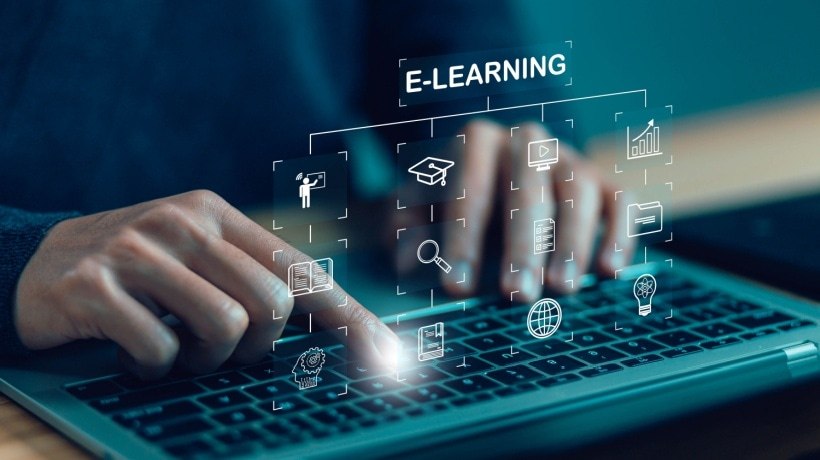
"eLearning has moved past novelty. It's no longer a "nice-to-have" shelf item for compliance. It's becoming the way organizations design capability, especially across dispersed teams in Sydney, Perth, and regional hubs. That shift of eLearning as a backbone matters because the business case for digital learning is now about productivity and resilience, not just cost savings."
"The World Economic Forum's Future of Jobs Report (2023) is blunt: by 2027, roughly 44% of workers' core skills are expected to change. That's not a whisper, it's a mandate. If you're not thinking about how to continually reskill people, you're accepting capability decay. eLearning as a backbone to workforce capability is the only scalable mechanism that can keep pace with that rate of change."
"Good eLearning, that serves as a backbone to workforce reskilling, is not "recorded slide decks and quizzes." It's a deliberately layered system: Microlearning for quick refreshers and just-in-time tasks. Self-paced modules for foundational knowledge. Live virtual workshops for problem-solving and practice. Scenario simulations, immersive or gamified, for judgement and behavior change. Manager nudges and on-the-job application tasks that anchor learning to work."
Rapidly changing job requirements mean nearly half of core skills will shift by 2027, creating a mandate for continuous reskilling. eLearning provides the only scalable route to maintain workforce capability across geographically dispersed teams. Strategic investment in digital learning improves talent retention and customer outcomes by tying learning to performance. Modern eLearning combines microlearning, self-paced modules, live workshops, scenario simulations, and manager-led application tasks to drive behavior change and on-the-job transfer. Measuring and integrating these layers aligns learning with productivity and organizational resilience rather than treating training as a compliance checkbox.
Read at eLearning Industry
Unable to calculate read time
Collection
[
|
...
]